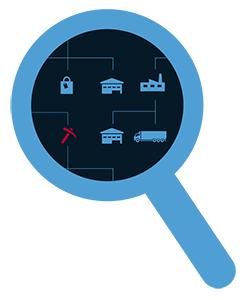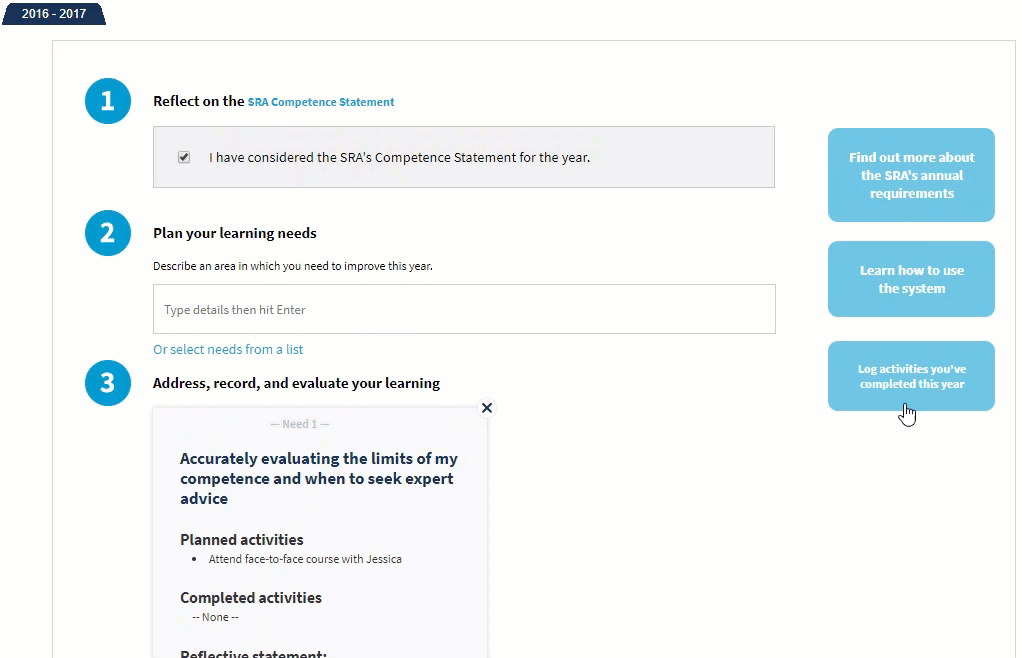According to a recent report released by the Health and Safety Executive (HSE), slips trips and falls are the single most common cause of non-fatal injuries in the workplace. Between 2017/18, there were an estimated 600,000 self-reported workplace injuries, including 71,062 non-fatal injuries, which, in total, accounts for 31% of all major work injuries. In total Slips and trips cost £512 million to employers per year, £133 million to the Nation Health Service and cause an incalculable cost to human life.
Slips, trips and falls can happen anywhere, at anytime and in any workplace. As a result, Your staff, customers, contractors and members of the public can be exposed to this common risk. Prevention can help reduce the number of injuries, the cost of your employer’s’ insurance and legal costs.
What are the main causes of slips, trips, and falls?

- Uneven floor surfaces.
- Unsuitable floor coverings.
- Wet/slippery floors.
- Changes in levels.
- Trailing cables.
- Poor lighting.
- Poor housekeeping.
Obligations under the Health and Safety at Work Act 1974 places a responsibility on the employer to “to ensure, so far as is reasonably practicable, the health, safety and welfare at work” of all their employees.” This includes the protection of workers and the public from risks associated with slips, trips, and falls.
How can you prevent slips, trips, and falls?
Performing a risk assessment by a qualified member of staff, in all workplace areas, will assist in identifying hazards and therefore, reducing the risk of accidents.
A common sense approach can significantly reduce the incidents of slips, trips and falls without adding significant business costs. For example, spillages should be cleared up immediately, wet floors can be identified by using appropriate signage, uneven levels can be accessed safely by use of ramps, handrails, and adequate lighting, and poor lighting should be addressed immediately.
For further information on accident prevention, the VinciWorks eLearning course explains what could be considered as workplace hazards, and examines how slips, trips, and falls occur in different work environments. It identifies the importance of risk identification, accident prevention, and good housekeeping procedures. The course also highlights the responsibilities of each employee to protect themselves and others, by following the relevant procedures.
This Slips, Trips and Falls eLearning course can be customised to meet your needs, enabling your workforce to understand the specific policies and procedures you have developed for your organisation. A designated course administrator can edit the text and images of the course, and link to organisation-specific documentation, all at no extra cost.


 The Modern Slavery Act 2015 has now been in effect for well over a year and businesses across the UK have had to adjust to ensure they comply with the Act. While this means large corporations such as
The Modern Slavery Act 2015 has now been in effect for well over a year and businesses across the UK have had to adjust to ensure they comply with the Act. While this means large corporations such as 